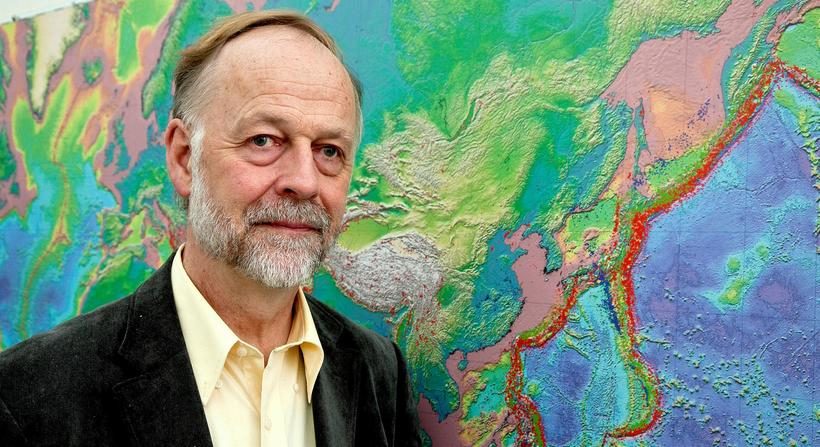
© mbl.is/Ómar ÓskarssonHekla, Grímsvötn, Bárðarbunga and Katla are all preparing for eruption.
As we all know, Iceland is a
profoundly volcanic place with a variety of eruption styles - from spewing out a little or a lot of lava, to exploding so violently that Europe gets blanketed in ash.
Well, as reported by the
Iceland Monitor, the nation's soothsaying geophysicist Páll Einarsson claims that four of the country's angry mountains are exhibiting pre-eruptive conditions. Apart from that, however, little information has been given.
The volcanoes in question are Katla, Hekla, Bárðarbunga, and Grímsvötn. With no data or references given in the post, we decided to do a little digging ourselves.
So what of
Katla? Well, it's a rather sizable volcano that has indeed been showing signs of restlessness recently, with tremors hitting around the 4.6M mark. These quakes are possibly indications of magma ascending upwards through the crust and causing it to violently fracture, but as of yet, there's no definitive proof of this.
Katla occasionally lets off some steam through minor lava flows, but there hasn't been a major eruption for several decades. Its average recurrence rate for something significant and potentially dangerous is once every 50 years. The last notable event back in 2011 produced some impressive streams of lava, but it was not enough to smash through the Mýrdalsjökull glacier capping it at the surface.
When it inevitably does, a massive ash plume - akin to the one produced by the Eyjafjallajökull in 2010 - will be generated, and North Europe's airspace will be immediately shut down. According to a recent study, however, such an epic plume only appears
once every 44 years, so we've probably got some time before that happens again.
It's worth noting, however, that the 2011 event produced a "jökulhlaup", a flash flood caused by part of the glacier melting. It was powerful enough to sweep away a major bridge - although luckily without any accompanying deaths.
Let's take a look at
Hekla, also affectionately known as the "gateway to hell" in local mythologies. Recent history suggests it has a recurrence interval of 10 years. As it last erupted in the year 2000, this means it's 7 years overdue - but in volcanology, this is easily within the margin of error.
If Hekla erupts soon, it will likely generate a prominent ash plume, but not one that will match 2010's peak. This is actually what we want to happen - a long delay means that the magma chamber is filling up more and more day by day.
In this case, if Hekla waits for a few more decades, then the subsequent eruption will be far more explosive, reminiscent of one of the volcano's
past paroxysms that were far more catastrophic and explosive.
Bárðarbunga has been quite active recently, producing some spectacular lava flows back in 2014-2015. Hiding beneath much of another glacier, Vatnajökull, the danger is that a particularly voluminous flow could produce a dangerous jökulhlaup.
Seismic activity has been picking up pace for much of the last decade, and it is possible, although unlikely, that there could be a repeat of its eruption 8,600 years ago, when it produced the world's largest lava flow for 10,000 years.
Finally, we have
Grímsvötn, which is just down the road from Bárðarbunga and is likely fueled by the same magma source.
This last erupted back in 2011, producing an ash plume that led to a minor repeat of 2010's flight-grounding events. Like Bárðarbunga, seismic activity is steadily rising, so we could see another ash plume emerge from beneath the glacier within the next decade or so.
Essentially then, it's very likely one of these volcanoes will erupt in one way or another in the next few years - and it's most likely to be a minor explosive eruption, not a game-changing disaster of one. As always, though, it's hard to tell with Iceland's volcanoes, so in the meantime, watch this space.
Reader Comments
to our Newsletter